1. BACKGROUND
Cosmic rays are particles and nuclei which bombard the earth from all directions [1]. The Greisen-Zatsepin-Kuzmin (GZK) limit is a theoretical upper limit on the energy of cosmic rays from distant sources of 5*10^19 eV. The limit is set by their propagation to us through the cosmic microwave background radiation (CMBR) [4]. However, cosmic ray energies have been experimentally determined to vary from 10^8 eV to well beyond 10^20 eV. The identification of sources of ultrahigh-energy cosmic rays (UHECR), cosmic rays from distant sources with energies above the GZK limit, has been a great challenge since they were first observed in 1962 [1]. The observed existence of these particles is the GZK paradox: Why is it that some cosmic rays appear to possess energies that are theoretically too high, given that there are no possible near-Earth sources, and that rays from distant sources should have scattered off the cosmic microwave background radiation?
Detecting the cosmic rays themselves is difficult; only a handful have been directly detected in the last 50 years. The only way to detect UHECR is through their interaction with the earths atmosphere, producing a cascade of billions of particles that excite nitrogen molecules in the air and spread out over a large area once they reach the ground [1]. When a primary cosmic ray produces many secondary particles, this is called an air shower. When many thousand, millions, even billions of particles arrive at ground level this is called an extensive air shower (EAS). When cosmic rays interact with nuclei in the air, pi-mesons (pions) are created. Neutral pions decay very quickly, usually into two gamma rays. The gamma rays from the neutral pions may also create new particles, an electron and a positron, by the pair creation process, and these electrons and positrons may produce more gamma rays by the bremsstrahlung mechanism. Charged pions decay into a muon and neutrino but after a longer time than neutral pions, so some charged pions may collide with more nuclei in the air to produce even more new particles [2].
These air showers form cones of particles, meaning detectors on the ground can determine the place in the atmosphere where the original cosmic ray hit. Dozens of such cosmic ray observatories exist. In 2007, the Pierre Auger Observatory, consisting of 1600 detectors spaced 1.5km apart, found a strong association between cosmic ray direction and nearby active galactic nuclei, galaxies hosting central black holes which may eject plasma jets into intergalactic space [1]. However, more observatory data are necessary to properly understand cosmic rays and solve the GZK paradox.
2. DESIGN
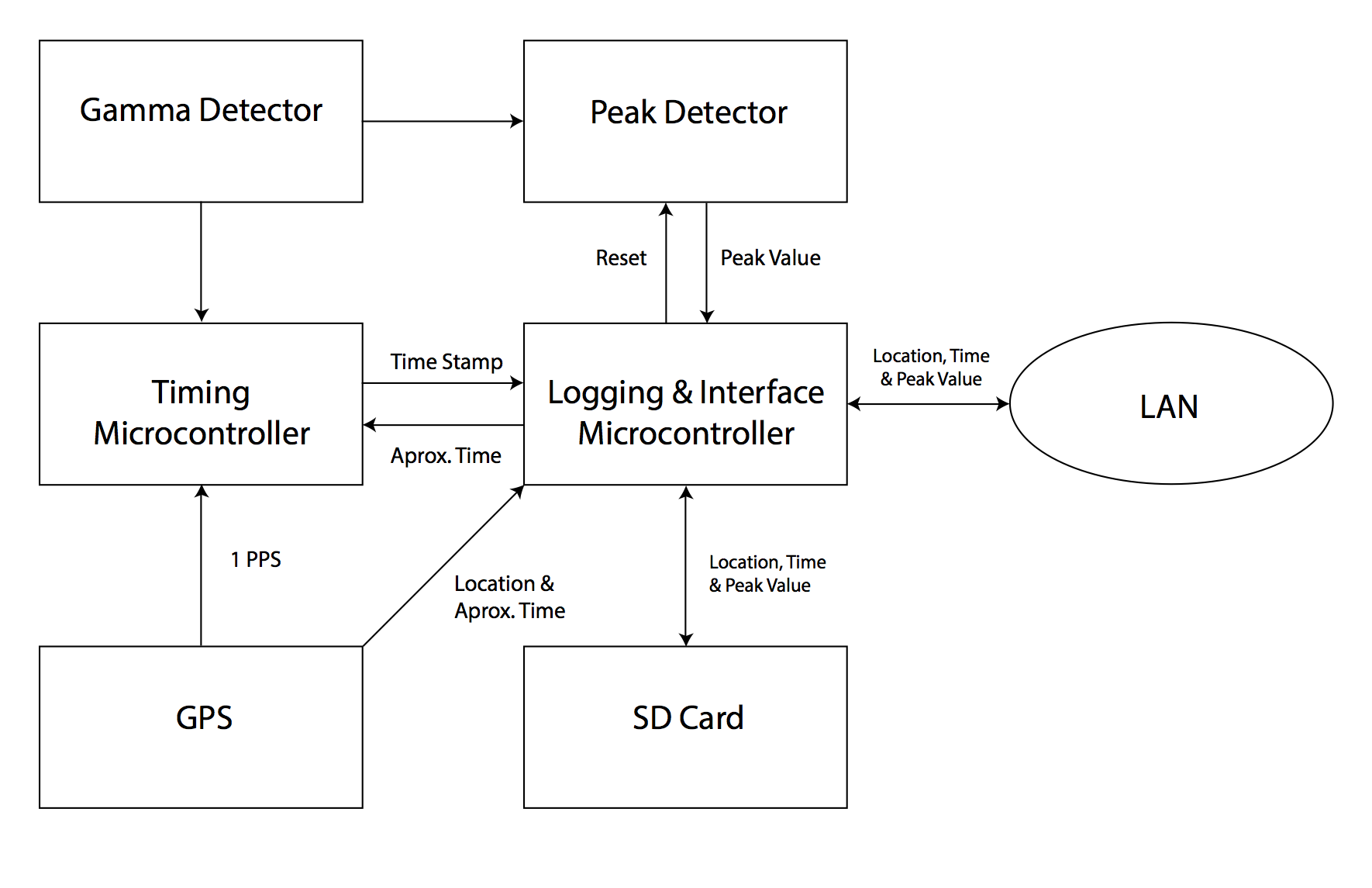
Figure 1: Flow of information within each observatory node
The cosmic ray observatory is comprised of many individual detector nodes. When struck by a single gamma ray photon, a node must be able to record the time the photon struck to within a few nanoseconds, the energy of the photon, and the location of the node. It must then be able to store this data and later send it to a master database. Each node contains two microcontrollers: a timing microcontroller dedicated to precisely measuring the time the photon strikes, and a logging and interface microcontroller to measure photon energy, record data to an SD card, and communicate with the master server. Both can be atmel atmega microcontrollers, and the logging and interface microcontroller can be a raspberry pi. However, the timing microcontroller cannot be a raspberry pi because even with a real-time linux kernel, latency is inconsistent and unacceptably high at around 28 microseconds [3].
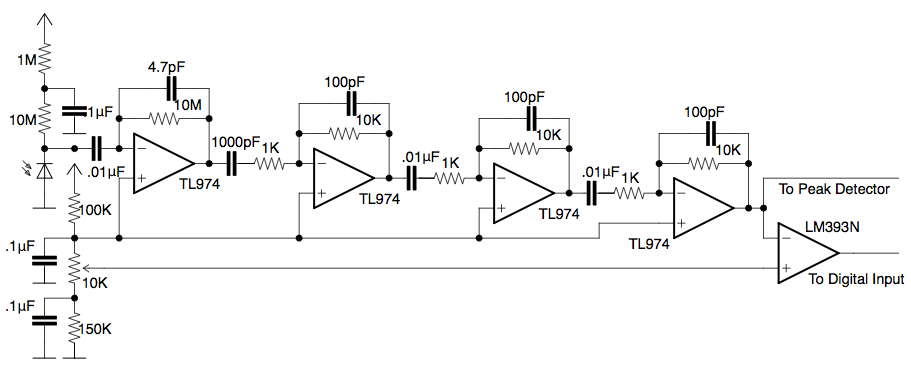
Figure 2: PIN diode gamma ray photo detector. Current generated when a photon strikes the PIN diode is amplified through four op amps; a comparator then sends a pulse when the signal dips below a threshold.
The heart of a node is its PIN diode detector (figure 2), based on a 2003 Maxim application note, which uses a photodiode...
Read more » aelias36
aelias36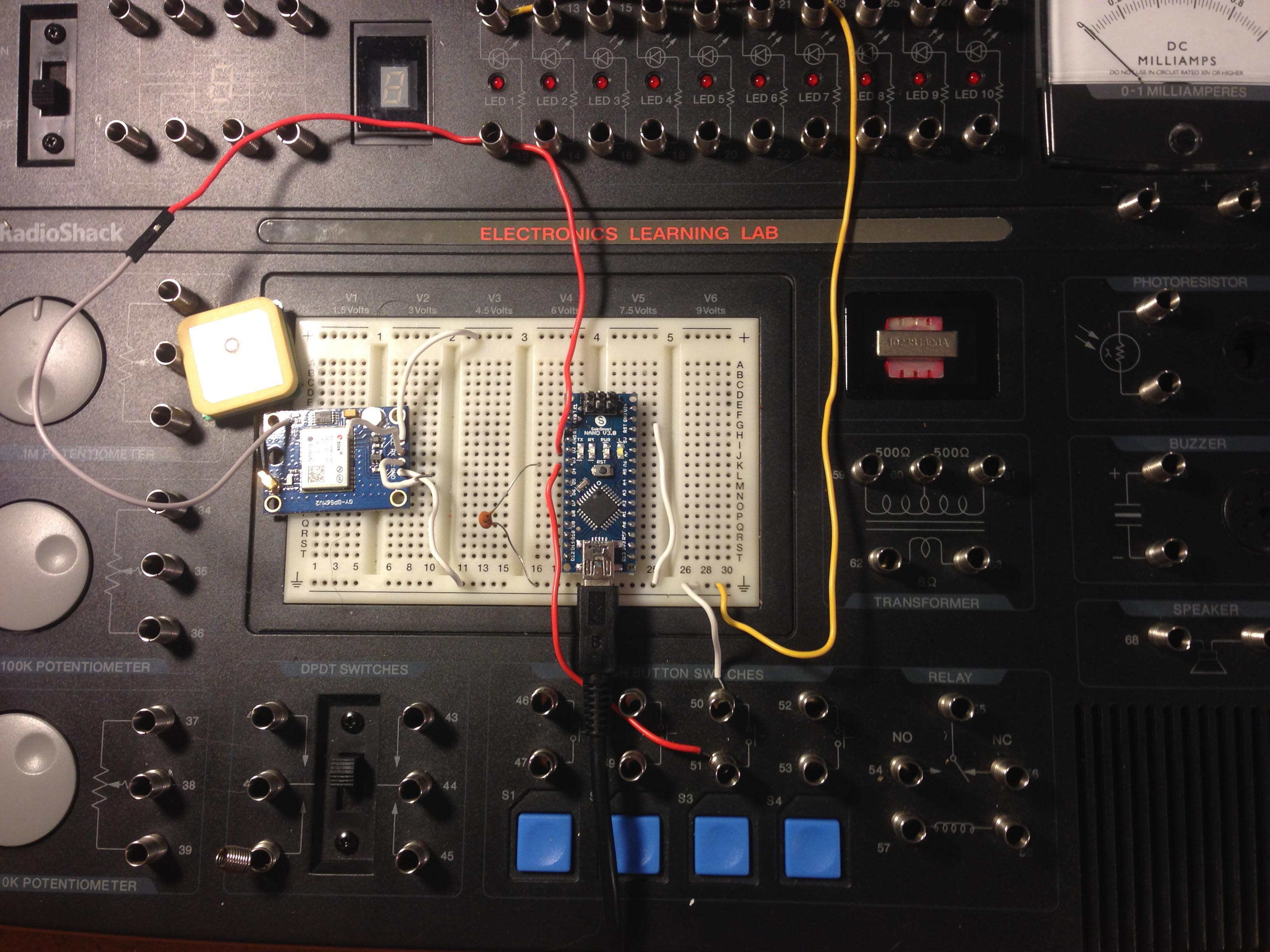
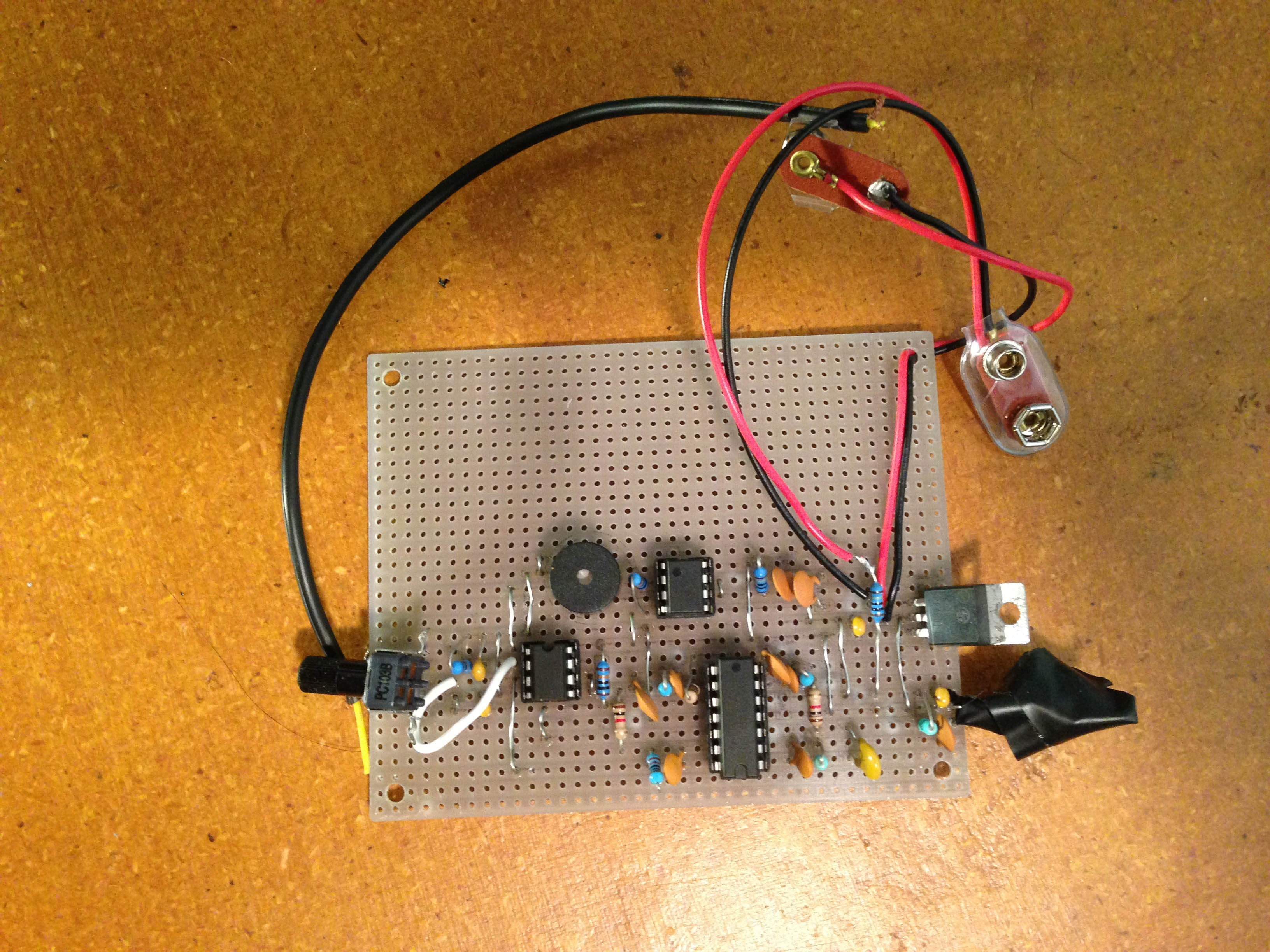
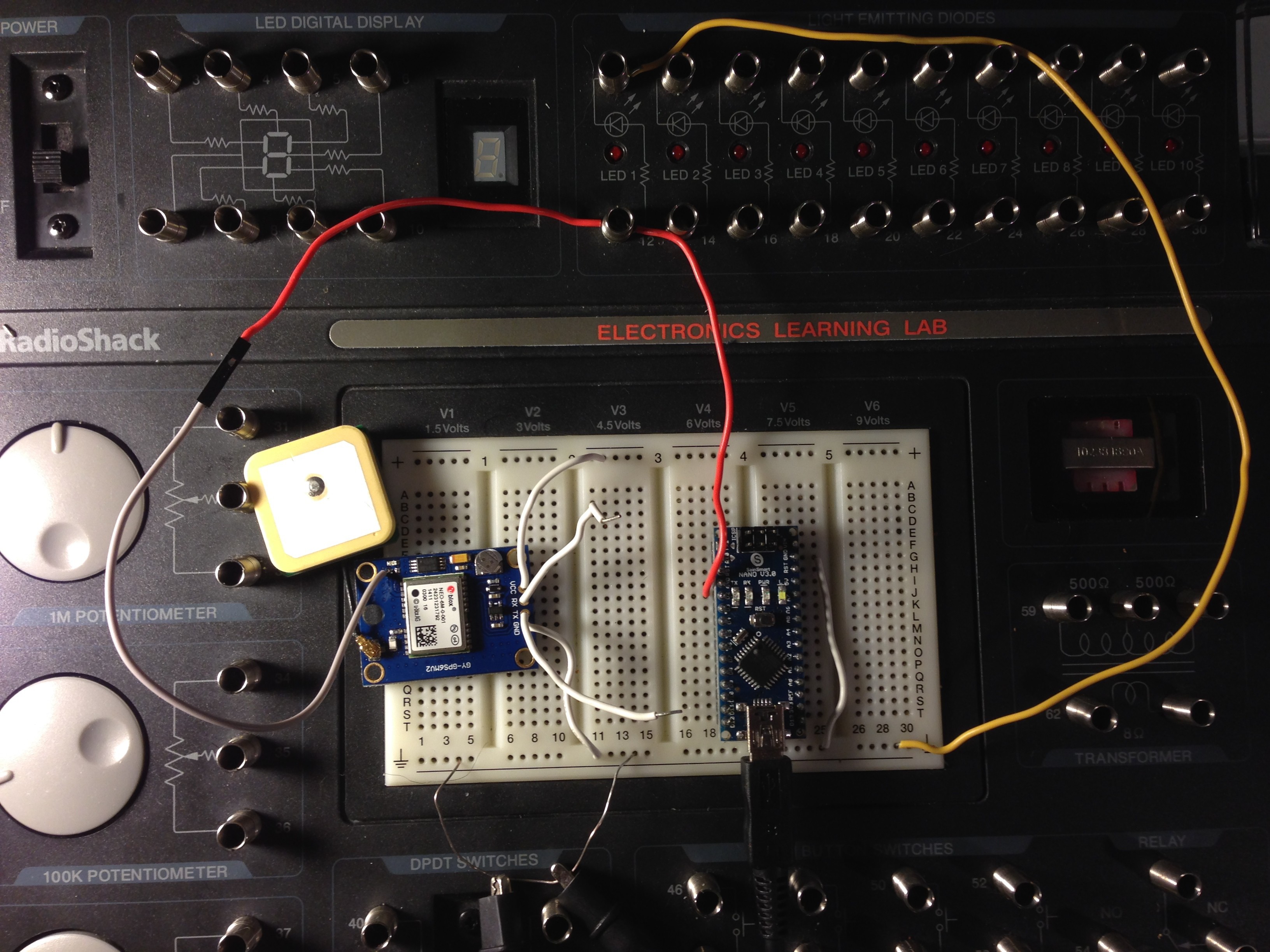
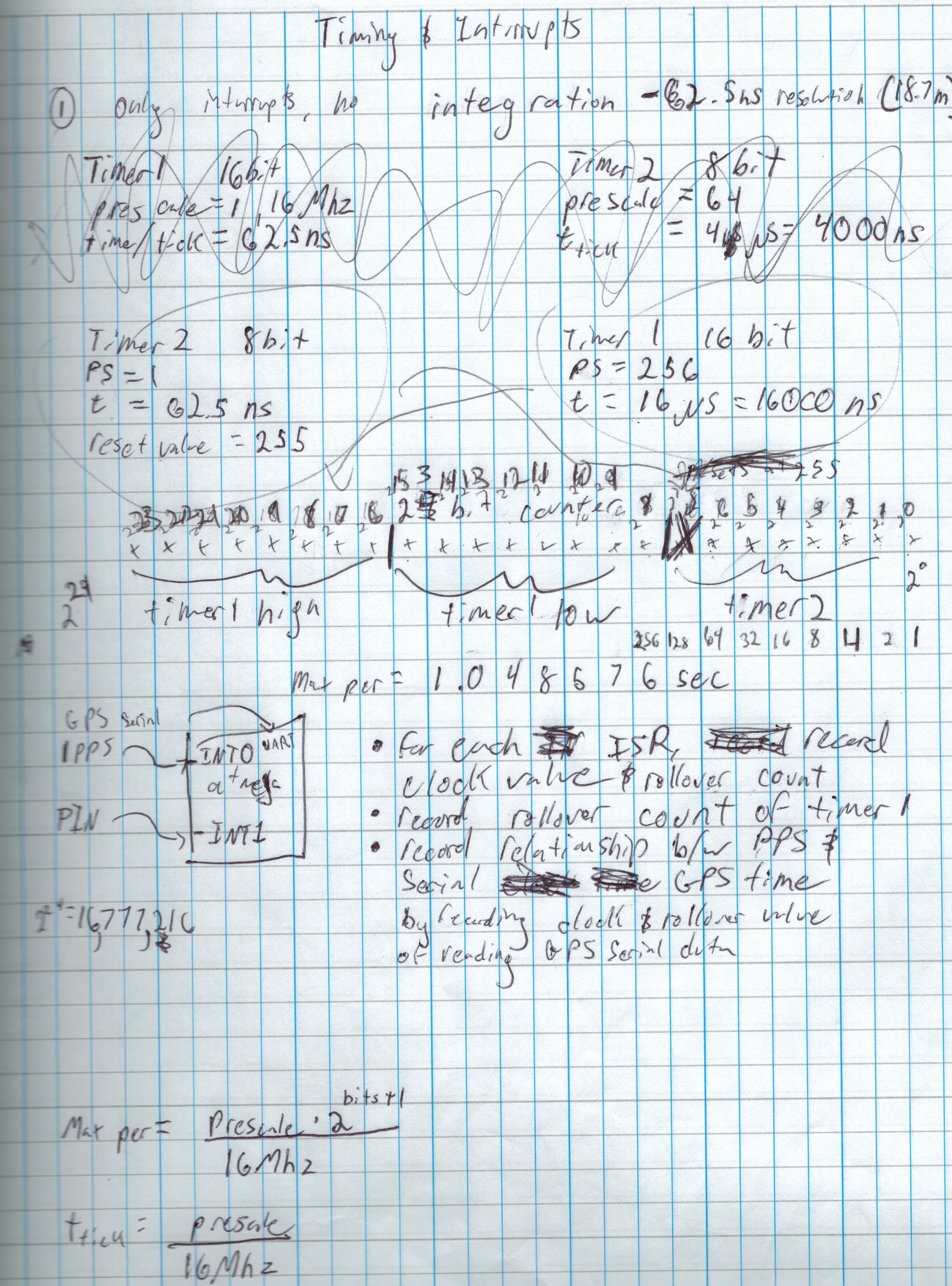
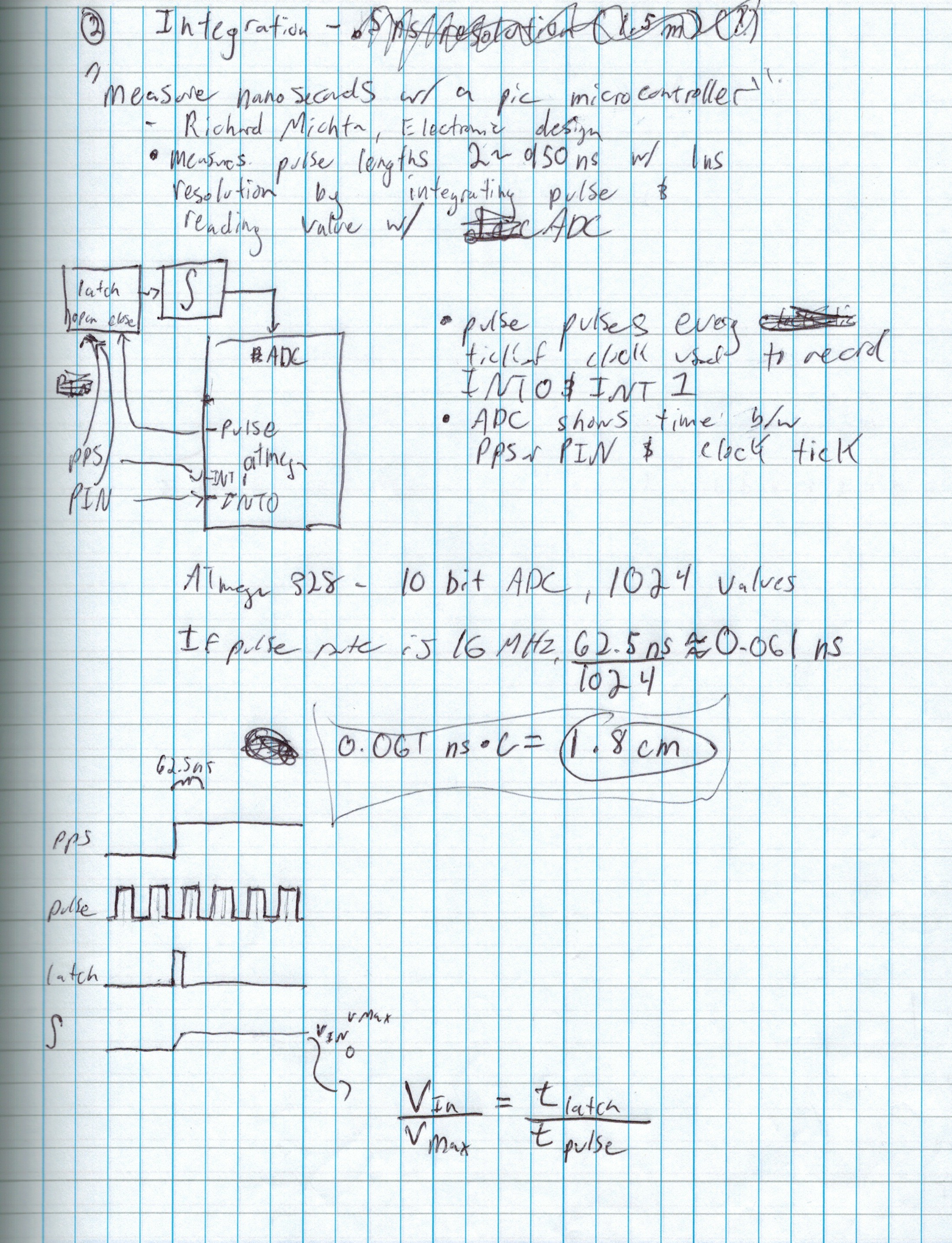
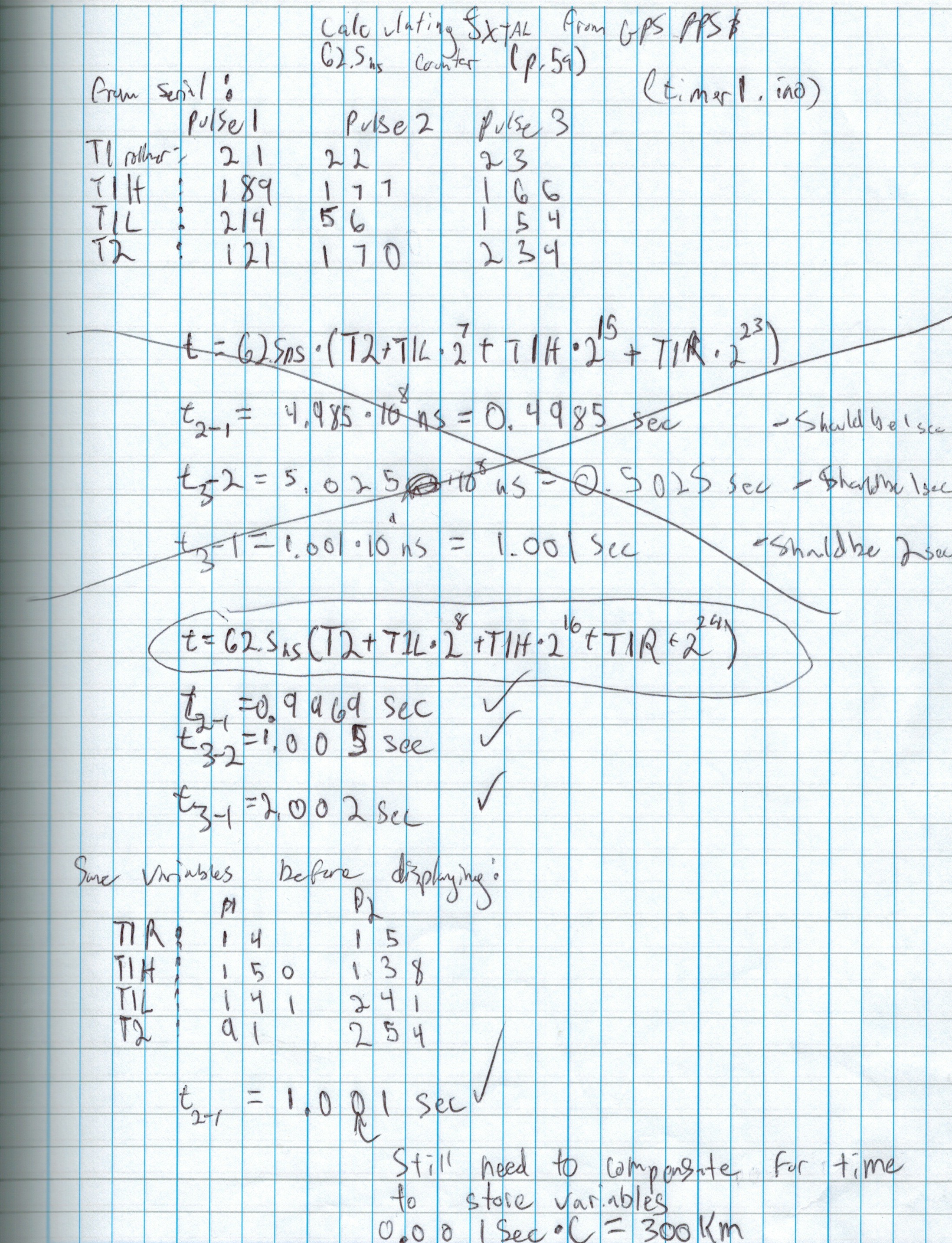






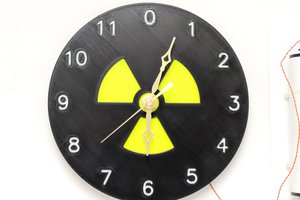
 alnwlsn
alnwlsn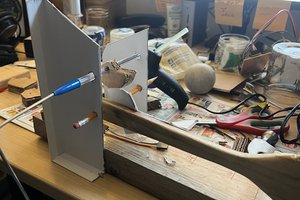
 Hugh Brown (Saint Aardvark the Carpeted)
Hugh Brown (Saint Aardvark the Carpeted)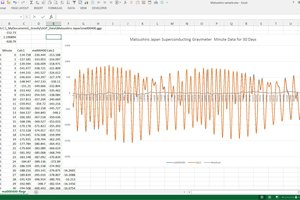
 Richard K Collins
Richard K Collins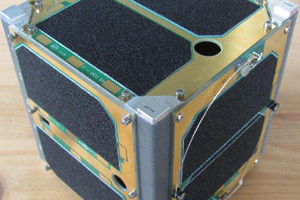
 sparks.ron
sparks.ron
Hi like your project. I have some pictures of a muon telescope from the 1970s which you might find useful. The telescope comprised of a series of inch thick iron plates with a Plexiglas spark chamber between each plate. The sparks were focused onto a photographic plate via a series of mirrors. There were about 50 iron plates each about 2 feet square.
The site was under the castle in Nottingham and by altering the angle of the telescope the muon flux could be measured by the amount of rock traversed. The idea was then to link the flux variation to muon energy.
My interest was predicting and then measuring the neutron flux component resulting from the capture of negative muons in the upper 20m of the Earths surface.
It would be useful to focus on a particular energy range as lower energy cascades are impacted on by air pressure and hence will vary with prevailing weather conditions.
Another way to add absorbers is to measure at different floors in a multi-story car park and below roof top swimming pools.
I have recently become interested in this area of science and am particularly excited by the possibilities opened up by transferring the technologies in every day objects to enable more people to become involved in such work i.e. sound card based spectrometry
Cheers, Barry